On to Part 2 of my Automobile ABCs series! If you missed the first part, I’ll try not to be too offended, but you can definitely make me feel better by checking it out here 🙂
And to those of you who might’ve forgotten the gyst of the Automobile ABCs, I’m simply on a mission to give car tips about every letter of the alphabet! Last time I did letters A through E, so today I’m ticking off F through J!
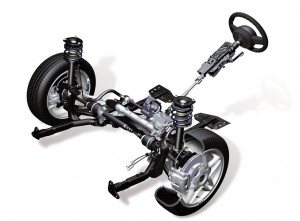
F: Front-wheel drive…. what’s that noise when I make sharp turns? (Asked by Steve Jones.)
One of the possibilities of that weird noise you hear could be from a worn out or damaged constant velocity joint (CV joint).
Inside the joint is found six steel balls positioned in grooves and held in place by a cage. As time passes with your vehicle, the once firmly-held-in-place balls soon start to rattle around the cage, causing the noise when turning. The joint is usually silent when driving straight, but when you turn your steering wheel, the joint bends and causes the balls to slide around the cage.
This is actually a serious situation that should be remedied ASAP. Under certain circumstances, you could lose steering control.
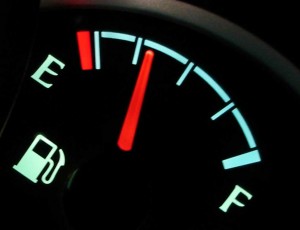
G: Gas gauge… says 1/4 tank… but it’s out of fuel. (Stated by Steve Jones.)
A funky gas gauge reader is the sign of a bad fuel sender. This is never good because you could suddenly run out of gas in the middle of nowhere, or something like that. The sending unit can become ajar simply by a bump in the road, etc. (not that it will with every pot hole you hit, but it’s a possibility), so at the first sign of a gas gauge misreading, it’s time to get it checked. Don’t be afraid to toss in your own suggestion of what could be the problem (fuel sending unit).
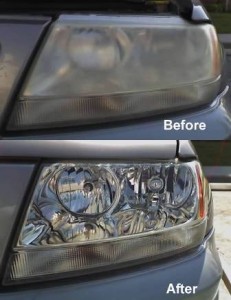
H: How can you clear fogged headlight lenses? (Asked by Ted Wienstroer.)
Lucky for you, cleaning your headlights can be so very easy, and done with supplies around your house!
Believe it or not, the easiest way is by using toothpaste! (I mean, it can clean your teeth, so why not your headlights, right? 😉 ) Simply grab some standard white toothpaste and spread it around on your headlights with a cloth until you see the grime coming off. Then, wash off the toothpaste with water and voila!
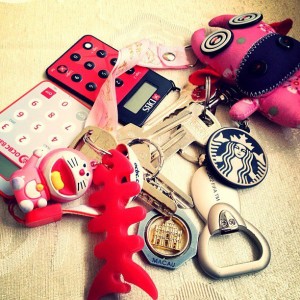
I: Should you minimize the number of keys in the ignition switch? (Asked by Ted Wienstroer.)
I took this question as, “Should you minimize the number of keys and keychains hanging off your car key in the ignition switch?” (Sorry if that wasn’t your point, Ted!) This was an easy tip for me, because I already shared it back in June! The weight of a heavy keychain can wear out the tumblers inside the ignition, and lead to ignition switch failure? You’ve been warned!
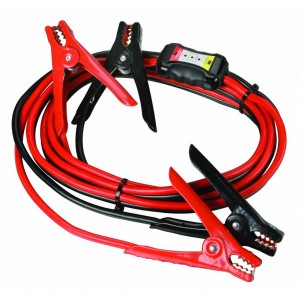
J: Jump starting… red on red or BOOM! (Stated by Steve Jones.)
The necessary cables for jump starting your vehicle are most likely going to be red and black in color. Upon connection to the car battery, you must make sure the ends of the cables never touch each other — doing so could result in damage to one or both cars.
You’ll connect the clamps in the following order:
1. Attach one red clamp to the positive (+) terminal of the dead battery.
2. Connect the other red clamp to the positive terminal of the good battery.
3. Attach one black clamp to the negative (-) terminal of the dead battery.
4. The other end of the black clamp needs to attach to some piece of grounded metal somewhere on the dead car. Often times, this’ll be the bolt where the thick negative cable connects to the chassis. If that doesn’t work, keep an eye out for a metal bolt or nut attached to the engine.

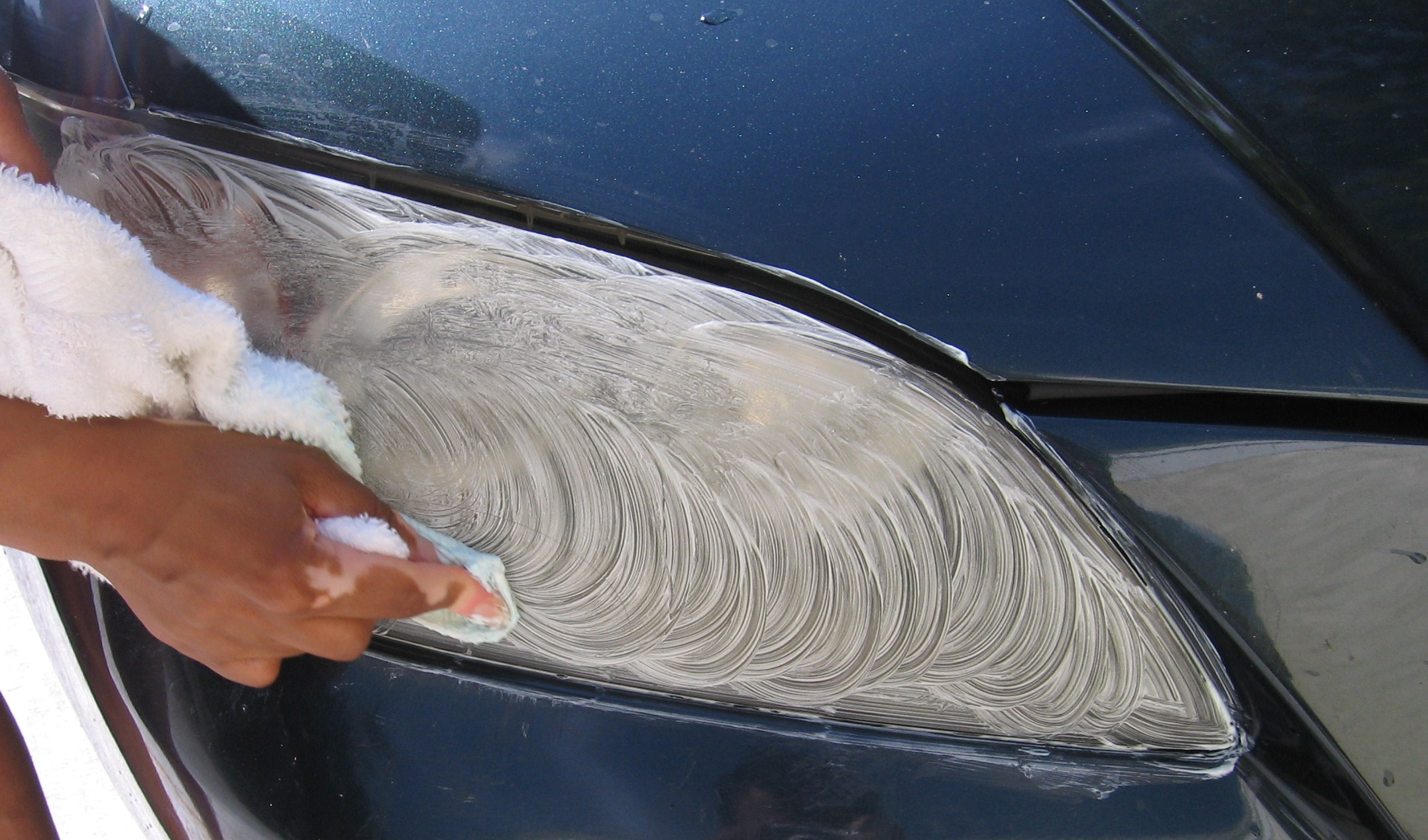



No Comments